Dr. Jenn Dazey, a leading naturopathic physician, says that most of medicine is still based on herbs. Growing healthy herbs is one of the best things you can do with that spare space in your backyard. And here’s the best thing – it’s easy and won’t take as much time as you might have thought. The strains of a busy work life, coupled by hardcore urban living, has made health elusive for many of us. So it makes great sense to get started integrating medicinal herbs into your diet. Below are a few great herbs to start with.
I. Common Sage (Salvia Officinalis)
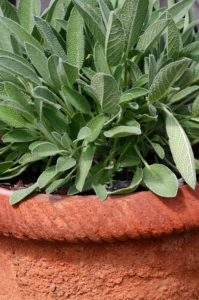 Rich in phytosterols, Sage is great for cooling and drying functions in the body. It’s useful in the treatment of common ailments such as diarrhea, high fevers, phlegm and excessive sweating. It has also been used to treat respiratory conditions such as bronchitis, asthma, and throat inflammation.
Rich in phytosterols, Sage is great for cooling and drying functions in the body. It’s useful in the treatment of common ailments such as diarrhea, high fevers, phlegm and excessive sweating. It has also been used to treat respiratory conditions such as bronchitis, asthma, and throat inflammation.
Sage leaves should be dried and eaten, or brewed fresh in a tea. When used this way, make sure to cover your tea with a lead for a minimum of 10 minutes in order to prevent key ingredients from evaporating away. A perennial plant, Sage thrives in hot and dry climates. However, it also adequately grows in milder environments. Plant in sandy soil in a sunny spot within your backyard.
II. Peppermint (Mentha piperita)
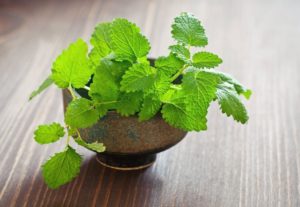 You probably are already familiar with the massive benefits of peppermint, which relieves gastrointestinal issues such as dyspepsia, gastric emptying disorders, irritable bowel syndrome, and colonic spasms. It improves bile flow and calms intestinal muscles. The most widespread (and perhaps the best) use of peppermint comes when its essential oil is extracted through crushing the leaves, packing them in a lidded container and covering with vodka. This is left to steep, with occasional shaking. The longer the steeping, the stronger its extract. Once done, you can strain the leaves to leave out the beneficial extract.
You probably are already familiar with the massive benefits of peppermint, which relieves gastrointestinal issues such as dyspepsia, gastric emptying disorders, irritable bowel syndrome, and colonic spasms. It improves bile flow and calms intestinal muscles. The most widespread (and perhaps the best) use of peppermint comes when its essential oil is extracted through crushing the leaves, packing them in a lidded container and covering with vodka. This is left to steep, with occasional shaking. The longer the steeping, the stronger its extract. Once done, you can strain the leaves to leave out the beneficial extract.
The key active ingredient in peppermint, like in all mints, is menthol. That’s precisely why peppermint tea is an effective expectorant and decongestant. It also soothes coughs and sore throat. Peppermint grows nearly anywhere. However, its plants tend to thrive in partial shades as well as in rich, moist soils.
III. Rosemary (Rosmarinus officinalis)
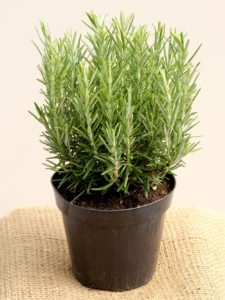 Rosemary is another great herb that you can plant in your backyard. It increases capillary circulation and boosts antioxidant levels in your blood. The herb’s anti-inflammatory properties tend to help reduce risks of cardiovascular ailments and similar chronic diseases that affect the heart and blood. The best way to consume rosemary is to brew it in tea. It contains a carnosic acid that helps protect cellular and brain damage that’s often caused by free radicals. That’s precisely why it’s a useful herb for combating memory loss, strokes, headaches and neurological degeneration. Rosemary grows in an environment that’s both warm and humid. Dry, well-drained soils are ideal. It doesn’t do well in extreme cold. If you live in an area characterized by heavy winters, consider planting it in a container that can easily be moved outdoors.
Rosemary is another great herb that you can plant in your backyard. It increases capillary circulation and boosts antioxidant levels in your blood. The herb’s anti-inflammatory properties tend to help reduce risks of cardiovascular ailments and similar chronic diseases that affect the heart and blood. The best way to consume rosemary is to brew it in tea. It contains a carnosic acid that helps protect cellular and brain damage that’s often caused by free radicals. That’s precisely why it’s a useful herb for combating memory loss, strokes, headaches and neurological degeneration. Rosemary grows in an environment that’s both warm and humid. Dry, well-drained soils are ideal. It doesn’t do well in extreme cold. If you live in an area characterized by heavy winters, consider planting it in a container that can easily be moved outdoors.
IV. Catnip (Nepeta cataria)
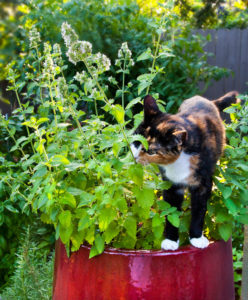 An incredible herb that treats common psychological conditions such as anxiety, insomnia, and addiction. Catnip is also known to be a natural sedative for kids, specifically when they are sick. It relaxes the body and soothes the stomach.
An incredible herb that treats common psychological conditions such as anxiety, insomnia, and addiction. Catnip is also known to be a natural sedative for kids, specifically when they are sick. It relaxes the body and soothes the stomach.
Dry Catnip leaves and mix with honey. Can be eaten this way, or brewed in tea. Catnip is a perennial plant that does well in rich, well-drained soils. It will grow in partial shade or full sun conditions.
V. Basil
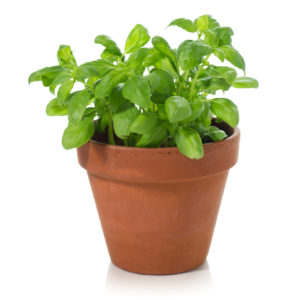
Known to calm nerves, Basil is a great source of fiber. It also detoxifies the liver, and its oil helps clear blemishes on the skin, due to powerful anti-inflammatory action. Basil grows easily either indoors or outdoors. It requires occasional watering and doesn’t involve much care.
Ready to get started, use your backyard to grow these powerful medicinal herbs that can go a long way towards giving your health a boost in the right direction.

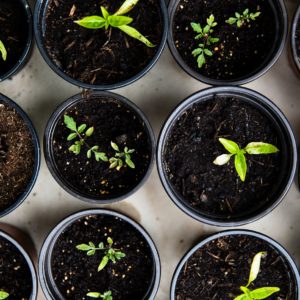
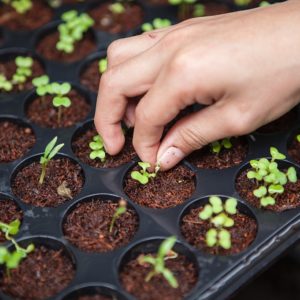
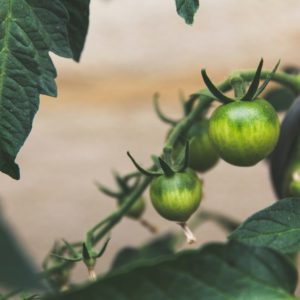
Leave a Reply